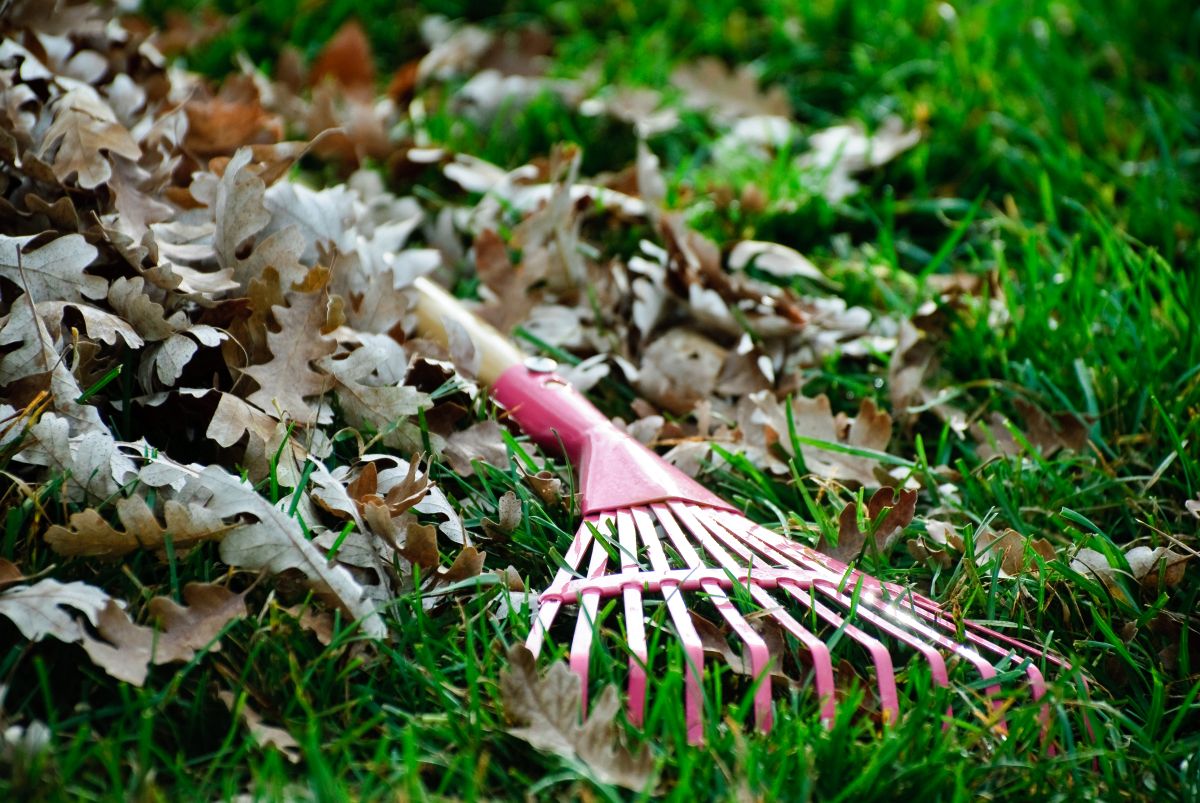Even with regular care, your lawn can become damaged over time due to a variety of factors, such as harsh weather conditions, pests, disease and heavy foot traffic. If your lawn looks damaged and unhealthy, you can take steps to help repair it and bring it back to life.
Identify the cause of the damage.
Before you can begin to repair your lawn, you need to know what caused the damage in the first place. Some of the more common causes include:
- Overwatering your lawn — Overwatering robs the roots of oxygen, essentially drowning them. This weakens them, making them susceptible to a variety of diseases.
- Unhealthy soil that has been depleted of nutrients — Our lawn care program includes soil testing & analysis to help identify any issues.
- Pests, such as grubs or armyworms — look for small brown patches on your lawn, a lawn that feels “spongy” when you step on it… and a bunch of birds and rodents picking at your lawn!
- Common lawn diseases — Lawn diseases in Northern Virginia include brown patches, dollar spots and grey leaf spots.
- Heavy foot traffic — too much foot traffic compacts the soil, making it difficult for your turf to get the water and nutrients it needs.
- Improper mowing — How you mow is just as important as when you mow… see our post, how to mow your lawn perfectly, so you can mow like a pro!
- Weather conditions — We can’t control the weather, but we can ensure our lawn is healthy enough to withstand drought or excessive rain.
If you’re unsure of what is causing your problems, our lawn care professionals can help.
How to repair a damaged lawn
Now that you’ve identified the cause of the damage, it’s time to start repairing it. Late spring or fall is the best time to reseed, but you can start at any time.
- Remove dead grass and debris — Use a rake to clear the area's dead grass, leaves and other debris. This lets you see the extent of the damage and make it easier to work on your lawn.
- Aerate compacted soil — Aerating helps loosen up compacted soil, allowing air, water and nutrients to penetrate deep into the soil. This promotes healthy root growth and helps your lawn recover more quickly.
- Apply fertilizer — Fertilizing your lawn provides essential nutrients, helping it to grow strong and healthy. Your soil test will tell you the correct combination of nutrients to apply, then follow the package directions.
- Reseed bare patches — Choose a high-quality grass seed that is appropriate for your climate and soil type. Rake the bare patches to loosen the soil, then spread the grass seed evenly over the area. Lightly rake in to ensure good seed-to-soil contact.
- Water regularly — Water deeply once or twice a week, allowing the water to penetrate the soil. Each week, an inch or so is needed to keep your lawn green and healthy. You can take the guesswork out of watering by using an irrigation system with a smart controller.
- Control weeds — Timely applications of weed control and prevention treatments can keep invasive weeds from taking over. We’re looking at you, Bermuda grass!
- Apply compost soil — Applying compost soil in the fall will help condition the native soil and protect the new seed.
As you can see, repairing a damaged lawn takes time and effort… but it is worth it to have a beautiful, healthy lawn that you can enjoy for years to come is worth it.
If you’re struggling to create a lawn you can be proud of, we can help.
Our Super Lawn Renovation service can transform a poor lawn into a lush and beautiful lawn. You’ll see incremental improvements each month, and at the end of two years, your lawn will look like a golf course. Give us a call, and we can get started!



